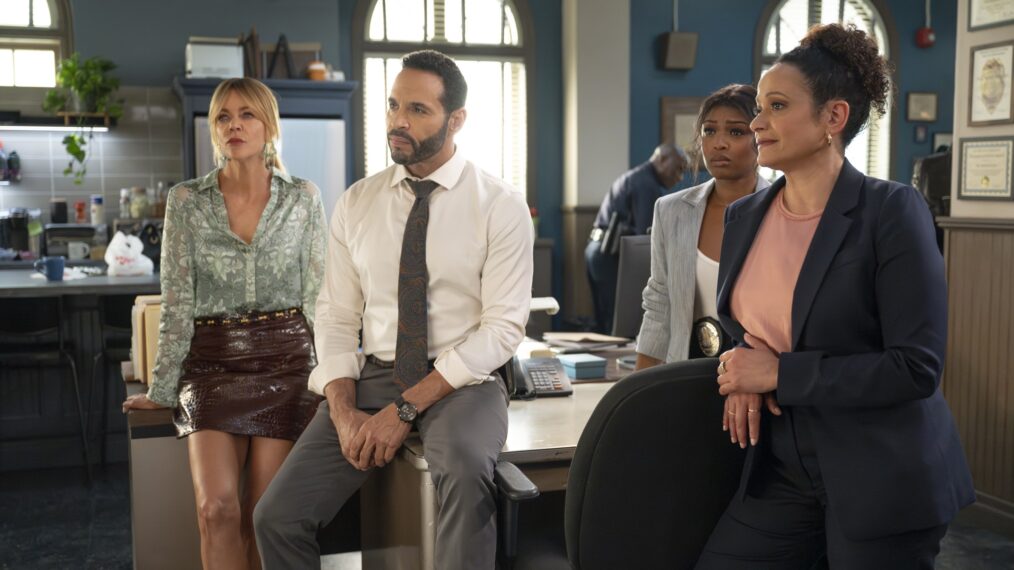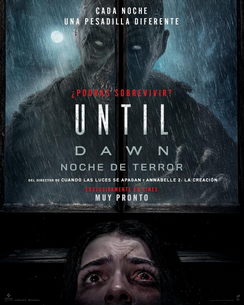
When we were introduced to Freddy Krueger in 1984, the first graphic and gravity-defying death scene had us hooked. We immediately knew that The Springwood Slasher was what nightmares are made of. What many of us didn’t realize, though, is that a terrifying true story actually inspired A Nightmare on Elm Street.
Krueger was never really marketed as being based on a true story. Our pal Wes Craven probably didn’t want to do that much damage to our psyches. The documented events that led to Krueger’s inception, however, are almost as terrifying as what we witnessed in Springwood. In the end, it’s the unknowns that are most unsettling.
What Inspired A Nightmare on Elm Street?
When Vulture set out to create the “Oral History of A Nightmare on Elm Street,” they learned plenty from Craven and other horror icons. How the movie was made, Robert Englund joining on, and the underlying meanings of the film were all covered. Perhaps the most startling revelation, though, was that a true story inspired A Nightmare on Elm Street.
Straight from Craven himself:
“I’d read an article in the ‘L.A. Times’ about a… young son [who] was having very disturbing nightmares. He told his parents he was afraid that if he slept, the thing chasing him would get him, so he tried to stay awake for days at a time. When he finally fell asleep… they heard screams in the middle of the night. By the time they got to him, he was dead. He died in the middle of a nightmare. Here was a youngster having a vision of a horror that everyone older was denying. That became the central line of ‘Nightmare on Elm Street.’”
We could’ve just taken this statement as an effort by Craven to freak us out a bit. As it turns out, though, he wasn’t lying. Back in the 1980s, young men who sought refuge in America started dying in their sleep with no underlying reason. The events that inspired A Nightmare on Elm Street affected a very specific group of people – much like those in fictional Springwood.
The deaths were occurring among a subset of men who had fled to America following the Vietnam War. They were part of the Hmong ethnic group from Southeast Asia, and their unexplained deaths in the middle of nightmares may have gone unnoticed if not for how often it was occurring. You can see from the title of this Los Angeles Times article that things were getting scary:

As the article points out, the sleep deaths of healthy Hmong men could have easily gone unnoticed. Had one coroner not noticed the disturbing pattern, the story that inspired A Nightmare on Elm Street may have died alongside those young victims.
Doctors Were Perplexed
The 1981 article from Los Angeles Times told how 13 Hmong males – all teenagers and young men – had inexplicably died in the midst of nightmares since 1978. They were already facing extreme poverty after a terrifying ordeal in war. Their biggest enemy, however, was a force we still can’t explain.
Just over a dozen deaths in three years might not seem like much at first. Of course, it would be understandable if Wes Craven had taken an unremarkable story and said it inspired A Nightmare on Elm Street. As Dr. Larry Lewman explained at the time, though, these events were anything but typical:
“We do see sudden, unexplained death in younger people every year. Maybe four, five, six in a population of a million. But four out of 2,000 [in Portland] is way out of whack.”
Dr. Lewman was the one who set out to see what was going on. In the process, he discovered that these unexplained nocturnal deaths were happening within the same ethnic group all across America. A widow of one of the victims said that these types of deaths never happened back in their village.
It was only when the men made it to America that their nightmares took over. Their breathing during sleep suddenly became loud enough to wake their partners. Nightmares suddenly took over their minds. They went to sleep as healthy young men only to never wake up again. Even today, we’re still left without much of an explanation.
What Caused the Deaths?
As the terrifying reality that inspired A Nightmare on Elm Street, it makes sense that various theories were put forward. After all, remember how hard the Springwood parents tried to logically explain what was happening to Freddy’s victims?
The theories created in relation to the deaths of these young healthy men ranged from unlikely to supernatural. And on top of the 13 deaths that Dr. Lewman documented, a Hmong leader in Los Angeles claimed there had been 19 or 20 similarly unexplained nocturnal deaths among the same ethnic group.
One theory behind the deaths was that the victims had been exposed to a chemical nerve agent during the war. If this was the case, though, why was it only affecting men? Why was it only killing them at night? And why was it taking four years to kill them? Dr. Lewman said this simply didn’t make sense.

As you might expect from the tragic deaths that inspired A Nightmare on Elm Street, many also believed a more supernatural force was at work. They felt the men were being punished by their dead ancestors for having left their homeland. This was seen as an affront to the spirits, and thus the men were being punished for having abandoned their ancestral duties.
Scientists would later classify the deaths as Sudden Unexplained Nocturnal Death Syndrome (SUNDS). Unfortunately, this doesn’t really explain what happened; it simply gave it a name. Of course, when something this terrifying is happening to those around you, a name is at least a start.
Is the Danger that Inspired Nightmare on Elm Street Gone?
Unless you’re part of the communities that have been affected by these unexplained nocturnal deaths, you probably don’t have much to worry about. Plus, there might be a perfectly rational explanation for what Dr. Lewman called “bangungut syndrome” – whose name comes from the Filipino word for “nightmare.”
Unfortunately, SUNDS is still a very real threat. And as you can imagine, rational explanations mean little to those who might face this unexplained deadly force. To these individuals, Freddy Krueger is certainly far less terrifying than the true story that inspired A Nightmare on Elm Street.






























:quality(85):upscale()/2025/05/19/981/n/1922564/93076eb0682bb18c994e06.89379902_.png)

:quality(85):upscale()/2025/05/23/715/n/1922564/1e63d6e168309df259d956.72331408_.png)



